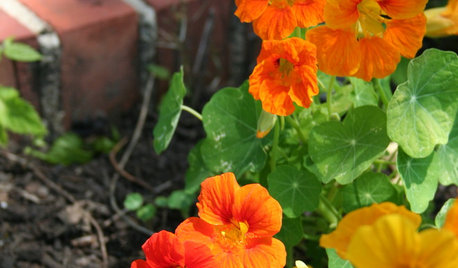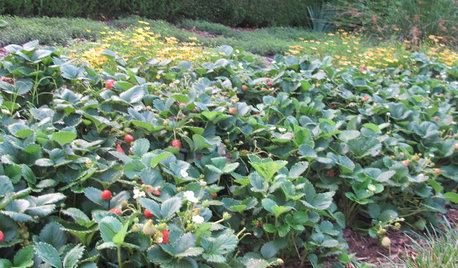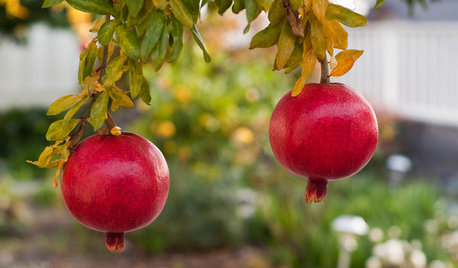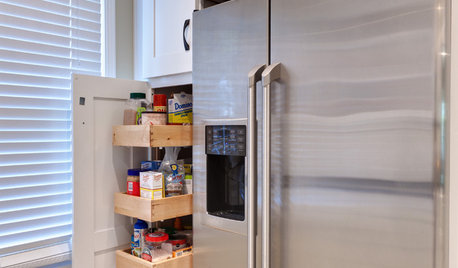Determinate tomatoes
claudosu
12 years ago
Related Stories

KITCHEN DESIGNDetermine the Right Appliance Layout for Your Kitchen
Kitchen work triangle got you running around in circles? Boiling over about where to put the range? This guide is for you
Full Story
EDIBLE GARDENSSummer Crops: How to Grow Tomatoes
Plant tomato seedlings in spring for one of the best tastes of summer, fresh from your backyard
Full Story
FARM YOUR YARDIf You Have Room for Only One Summer Crop ...
Get an edible that’s long on flavor even if you’re short on space, with a long-time gardener’s favorite picks
Full Story
SPRING GARDENINGInspiring Raised Beds for Fall and Spring Planting
Make Your Next Vegetable Garden Even Better with Beautiful Boxes and Paths
Full Story
FARM YOUR YARDHow to Build a Raised Bed for Your Veggies and Plants
Whether you’re farming your parking strip or beautifying your backyard, a planting box you make yourself can come in mighty handy
Full Story
GARDENING GUIDESDon’t Let These Excuses Keep You From Gardening
Stop blaming your lack of experience, space, time and funds, and get on with the joy of garden making
Full Story
GARDENING GUIDESEssential Watering Tips for Your Edible Garden
To give your edible plants just what they need, check out these guidelines for how, when and how much to water
Full Story
REGIONAL GARDEN GUIDESSoutheast Gardener's September Checklist
Fertilize strawberries, plant a tree or two and beckon hummingbirds to your Southern garden this month
Full Story
GARDENING GUIDESNorthern California Gardener's October Checklist
It's still a great time to plant flowers, vegetables and even bulbs in California gardens this month, thanks to predictably mild weather
Full Story
KITCHEN STORAGEPantry Placement: How to Find the Sweet Spot for Food Storage
Maybe it's a walk-in. Maybe it's cabinets flanking the fridge. We help you figure out the best kitchen pantry type and location for you
Full StoryMore Discussions






Okiedawn OK Zone 7
oldbusy1
Related Professionals
Surprise Landscape Architects & Landscape Designers · Belmont Landscape Architects & Landscape Designers · Belmont Landscape Contractors · Cockeysville Landscape Contractors · Deerfield Landscape Contractors · Parkland Landscape Contractors · Vineyard Landscape Contractors · West Orange Landscape Contractors · Westchester Landscape Contractors · Northlake Landscape Contractors · Norridge Landscape Contractors · Grafton Decks, Patios & Outdoor Enclosures · Montgomery County Decks, Patios & Outdoor Enclosures · Morgan Hill Decks, Patios & Outdoor Enclosures · Shirley Decks, Patios & Outdoor EnclosuresOkiePokie
claudosuOriginal Author
soonergrandmom
miraje
Okiedawn OK Zone 7
Erod1
OkiePokie
Okiedawn OK Zone 7
Erod1
OkiePokie
Okiedawn OK Zone 7
soonergrandmom
Erod1
soonergrandmom
sheri_nwok
MiaOKC
Okiedawn OK Zone 7
sheri_nwok
Okiedawn OK Zone 7
sheri_nwok
MiaOKC
Okiedawn OK Zone 7
miraje
sheri_nwok
Okiedawn OK Zone 7
sheri_nwok
Okiedawn OK Zone 7
sheri_nwok
Okiedawn OK Zone 7
sheri_nwok
Erod1
Okiedawn OK Zone 7